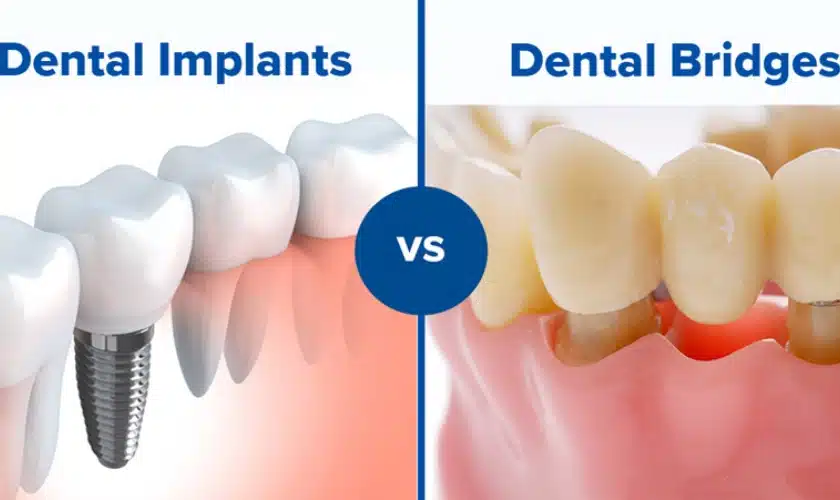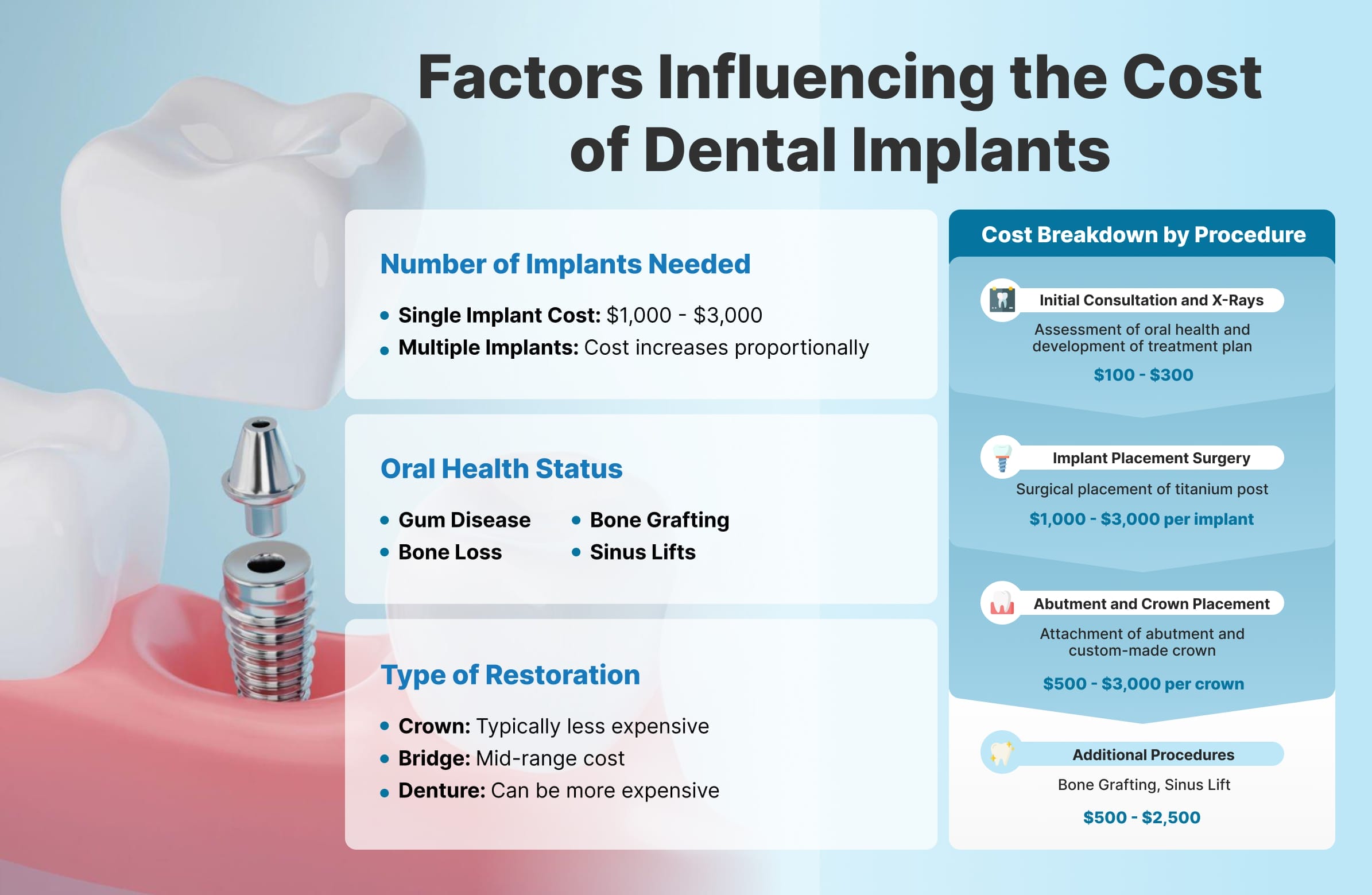The 20-Second Trick For Dental Sense
The 20-Second Trick For Dental Sense
Blog Article
Indicators on Dental Sense You Need To Know
Table of ContentsThe Greatest Guide To Dental SenseGetting The Dental Sense To WorkWhat Does Dental Sense Do?Dental Sense for Dummies
are medical tools operatively dental implanted into the jaw to restore a person's capacity to eat or their appearance. They give assistance for man-made (phony) teeth, such as crowns, bridges, or dentures. When a tooth is shed as a result of injury or disease, an individual can experience complications such as fast bone loss, malfunctioning speech, or changes to chewing patterns that lead to pain.Oral implant systems include an oral implant body and oral implant joint and might also consist of an abutment addiction screw. Kids dental. The dental implant body is surgically inserted in the jawbone instead of the tooth's origin. The dental implant abutment is typically connected to the dental implant body by the abutment addiction screw and extends via gums right into the mouth to sustain the affixed man-made teeth
(https://gravatar.com/futuristiccreativelyc881a796d5)Framework of The Oral Implant System choosing dental implants, speak with your dental service provider concerning the possible advantages and risks, and whether you are a candidate for the procedure. Things to take into consideration: Your overall wellness is an essential variable in identifying whether you are an excellent candidate for dental implants, the length of time it will require to recover, and how much time the dental implant may remain in location.
Cigarette smoking may impact the recovery process and decrease the long-lasting success of the dental implant. The healing procedure for the dental implant body may take a number of months or longer, during which time you usually have a temporary joint in location of the tooth. the oral implant treatment: Meticulously adhere to the oral hygiene instructions offered to you by your dental supplier.
Dental Sense for Dummies
Implant failing can cause the requirement for an additional operation to fix or replace the dental implant system. Restores the ability to eat Brings back aesthetic look Helps keep the jawbone from reducing because of bone loss Protects the health and wellness of the bordering bone and gums Helps keep surrounding (close-by) teeth steady Improves high quality of life Damage to bordering natural teeth throughout implant placement Injury to the surrounding cells during surgery, such as sinus opening Injury during surgical treatment (for instance, fracture of surrounding jawbone) Poor function, such as feeling like the teeth do not bite together usually A sensation that the tooth hangs or turning in position arising from an abutment screw loosening up Implant body failure (looseness of the dental implant body) due to systemic infection, which might be extra likely in people with uncontrolled diabetes as a result of neighborhood infection in bone and gum tissues supporting the implant body because of postponed healing, which might be most likely in patients who smoke Difficulty cleaning up the gums around the implant, causing inadequate oral health Neglected periodontal illness Post-surgical numbness as a result of nerve impingement or damage Constantly notify wellness care service providers and imaging service technicians that you have oral implants prior to any magnetic resonance imaging (MRI) or x-ray treatments.
FDA is not knowledgeable about any type of negative occasions reported for MRI or x-ray procedures with oral implants. Dental implants systems are generally constructed from products that comply with worldwide consensus standards of the International Organization for Standardization (ISO) or ASTM International. These requirements have details of what makes a risk-free product.

A dental implant is a structure that replaces a missing out on tooth. With screw-like devices, the doctor inserts an implant right into the jawbone, and it acts as a support for an artificial tooth, called a crown.
The Ultimate Guide To Dental Sense
Some people are not eligible for dental implant surgical treatment. It is for dental cosmetic surgeons to operate on individuals with: severe illnessuncontrollable metabolic diseasebone or soft cells disease or infectionIf these problems are dealt with, an individual can have the surgical treatment. In, oral doctors avoid from operating people with: If people with any of the above undergo dental implant surgical procedure, there is a greater threat of the implant failing.

Dental dental implant surgical procedure is a customized process. Give you time to recover. Connect the message and last crown, bridge or denture.
Next, your cosmetic surgeon will very carefully position the dental implant into your jaw. Your cosmetic surgeon will certainly rearrange your gums and shut the cut with stitches. If your dental implant is near the front of your mouth, your dental professional will make my blog a short-lived tooth for you to wear up until you heal. This way, you will not have a gap in your smile while you recover.
The Greatest Guide To Dental Sense
Your service provider can inform you what to anticipate in your circumstance. During the recovery stage, your jawbone should fuse to the oral implant. This procedure, called osseointegration, is essential for security and long-term success. This procedure can take anywhere from 3 to nine months. Sometimes, it might take much longer.
As soon as your dental implant heals, your dentist can connect the abutment (tiny connector post) and your final reconstruction (crown, bridge or denture). This usually takes concerning one hour to finish and might require a 2nd minor surgical procedure. You shouldn't really feel any discomfort throughout your dental implant procedure because your copyright will make use of medication to numb your periodontals.
Report this page